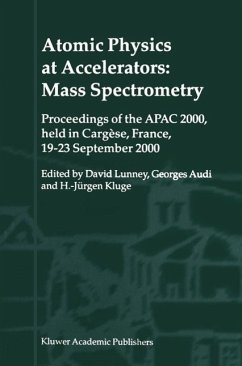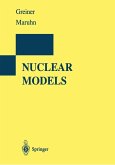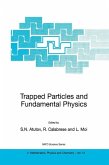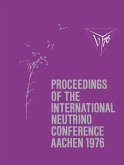The search for examples of proton radioactivity has resulted in the discovery of a large number of proton emitters in the region 50 < Z < 84 [1]. Many of these proton emitters and their daughters are also a-emitters, and in some cases the a-decay chain from the daughter terminates on a nuclide closer to stability whose mass excess is known. This opens up the possibility of using a-and proton-decay Q-values to determine the mass excesses of a large group of nuclei connected by particle decay. The Q-values are derived from the measured kinetic energies of the emitted protons or a-particles. Where the decay chains are not connected to nuclei with known mass excesses, proton separation energies can be measured in some cases and derived in others. For the a-decay ofthe parent nucleus (Z, A) to the daughter (Z - 2, A - 4), the energy and momentum relations used to convert between Q-value, mass (M) and mass excess (ME) are: M(4He)E", (1) M(Z - 2, A - 4)Erecoil, (2) Q", E", + Erecoi\, ME(Z, A) Q", + ME(Z - 2, A - 4) + ME(4He). (3) In practice, one uses M(4He) ~ 4 and M(Z - 2, A - 4) (A - 4), so that Equation (3) becomes ME(Z, A) = E", (_A_) + ME(Z - 2, A - 4) + ME(4He). (4) A -4 Similarly, for protons, we have ME(Z, A) = Ep(_A_) +ME(Z - 1, A-I) +ME(lH).
Dieser Download kann aus rechtlichen Gründen nur mit Rechnungsadresse in A, B, BG, CY, CZ, D, DK, EW, E, FIN, F, GR, HR, H, IRL, I, LT, L, LR, M, NL, PL, P, R, S, SLO, SK ausgeliefert werden.









